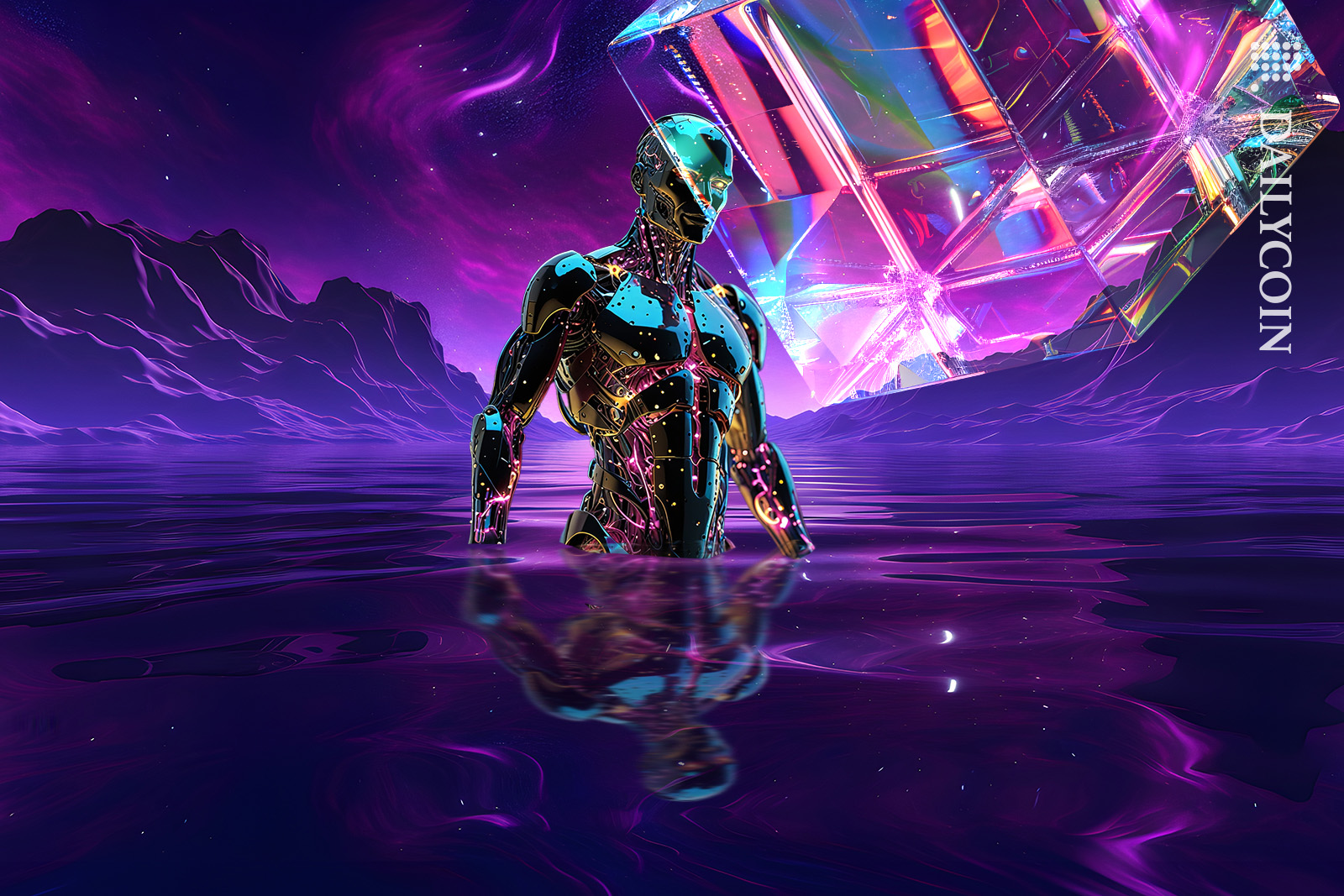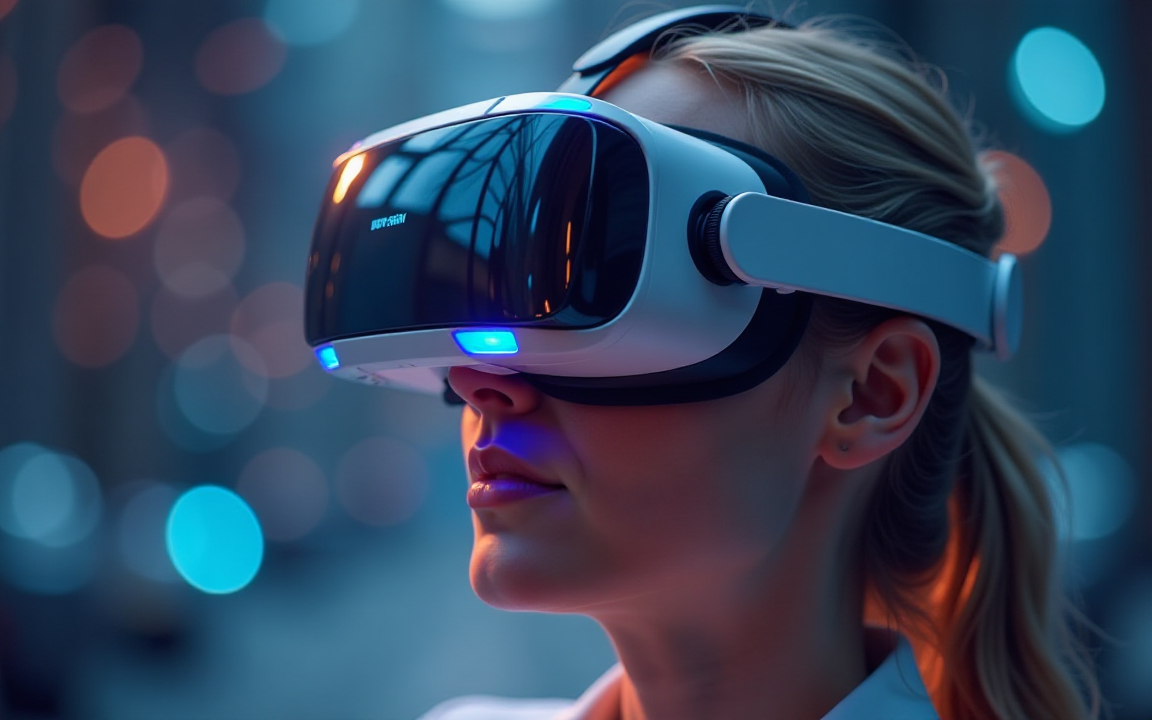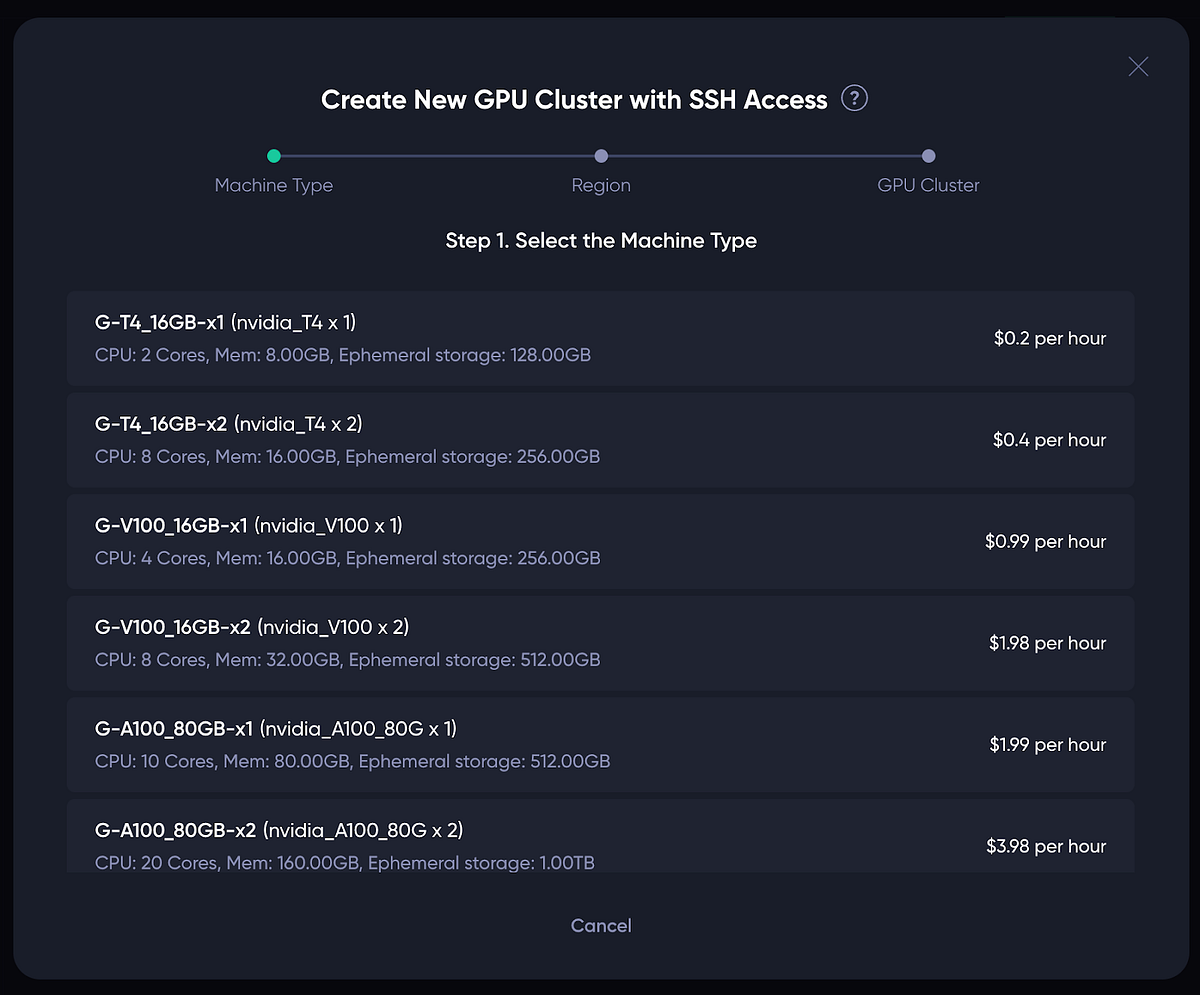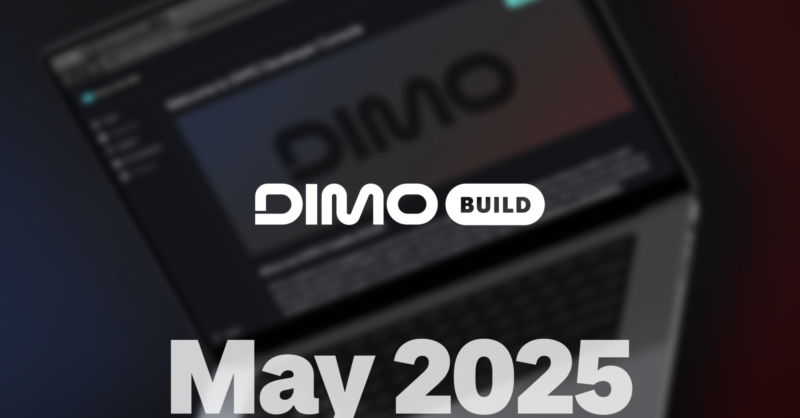Revolutionizing 3D Art: The Impact of the Render Network
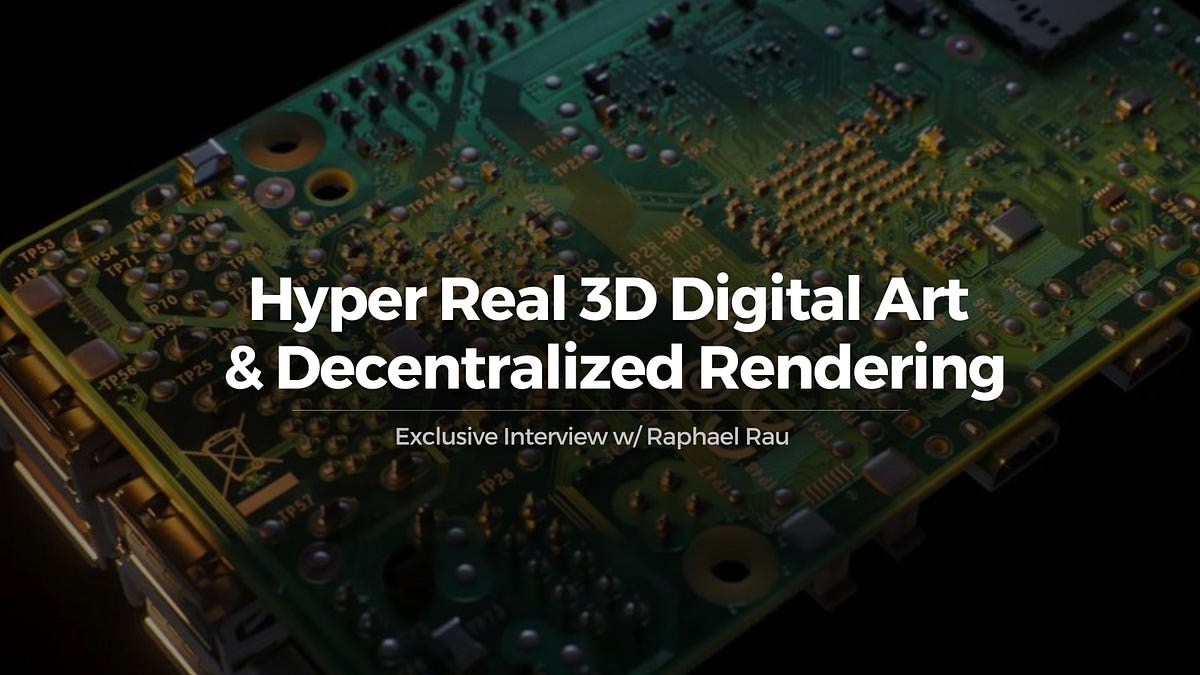
In the dynamic realm of 3D art, the Render Network is making waves as the world’s first decentralized GPU rendering platform. This innovative platform allows artists to tap into global, idle GPU power, significantly enhancing the speed and affordability of rendering their work. A recent interview with Raphael Rau, a prominent 3D artist known for his photorealistic CGI, sheds light on how the Render Network is transforming the artistic process. Rau, who has built a reputation in the Cinema 4D, Octane, and Blender communities, emphasizes the importance of fresh and relevant content in his tutorials, which serve as valuable resources for aspiring artists.
Raphael Rau’s journey into the world of 3D art was inspired by iconic films such as Star Wars and The Matrix. His early fascination with CGI led him to explore the intricacies of digital art, ultimately honing his skills in photorealism. A defining moment in his career came when a 3D rendering of a Raspberry Pi went viral, earning him recognition on platforms like Level 80. Rau’s commitment to replicating real-world light behavior in his work reflects his admiration for the Old Masters of painting, and he continues to push the boundaries of realism by integrating modern technology into his artistic practice.
The Render Network has proven to be a game-changer for Rau, particularly when handling resource-intensive projects. By offloading rendering tasks to the platform, he saves time and energy, allowing him to focus more on creativity. Looking ahead, the Render Network plans to expand its offerings by integrating additional render engines, which will further enhance the capabilities available to artists. As discussions around the role of AI in 3D art evolve, Rau sees potential for AI to streamline repetitive tasks, enabling artists to dedicate more time to their creative pursuits. The journey of artists like Raphael Rau exemplifies the intersection of dedication, technology, and the pursuit of artistic excellence in the ever-evolving landscape of digital art.
Related News

